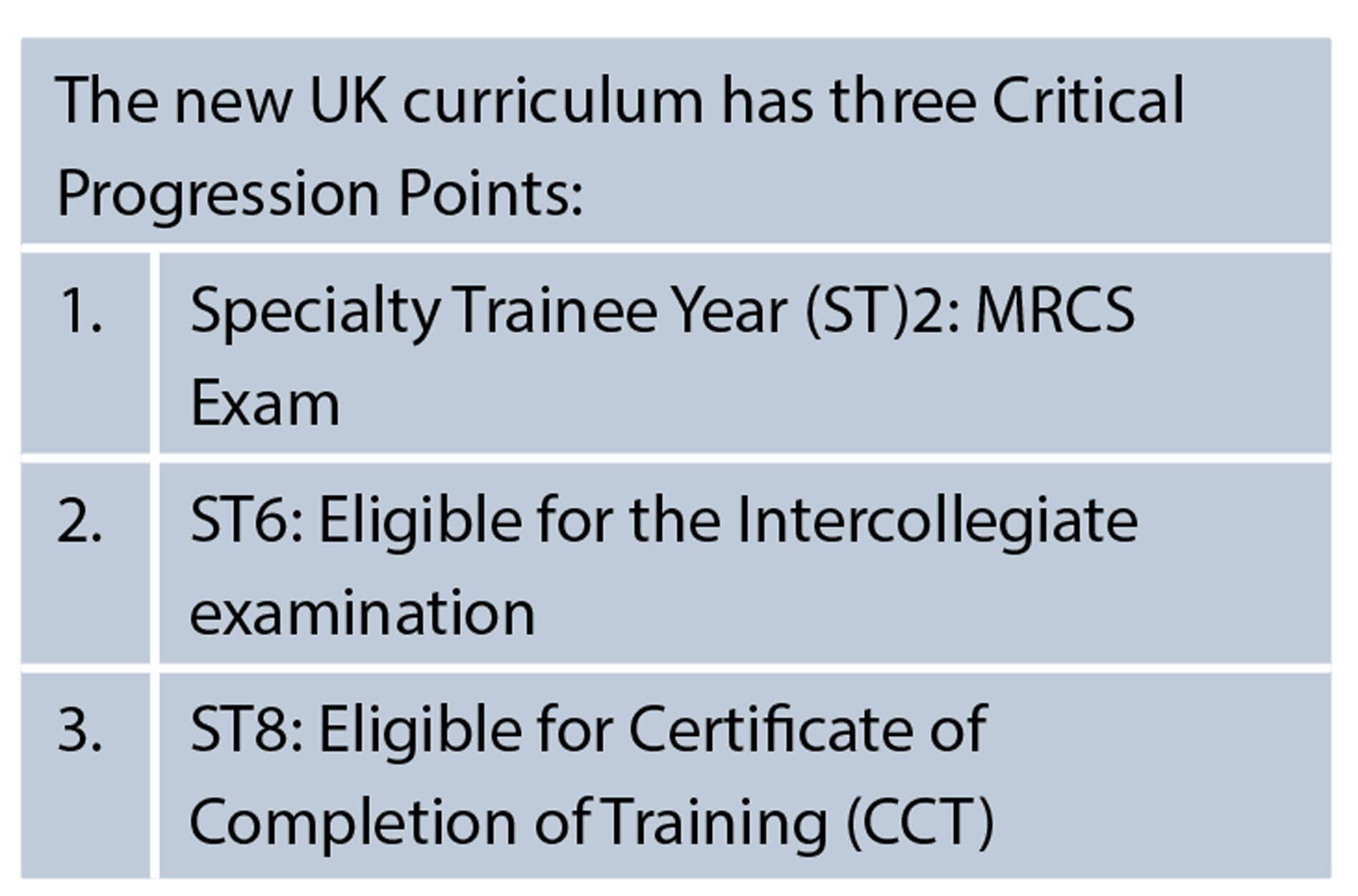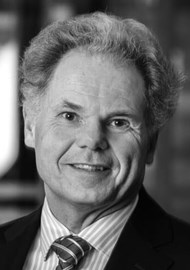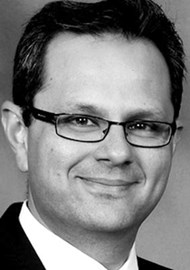After the disruption to training and clinical practice from COVID, it is interesting and perhaps encouraging that plans are in place to support ENT training in both mainland Europe and the UK with new formal curricula. We hear trainees’ and trainers’ perspectives on working with these new curricula.
The European Training Requirements
The Union of European Medical Specialist (UEMS) is a non-governmental organisation representing national associations of medical specialists at European level. Recently it developed the European Training Requirements (ETRs) for otorhinolaryngology, which provide a complete and clear overview of the learning a trainee should complete to become an otorhinolaryngologist. It is complementary to the training programmes defined by national authorities.
The ETRs formulate some basic requirements to enter a specialty training, such as a medical degree recognised by the European Union. Trainees are recommended to follow at least one year of practical training as an intern after their medical degree, to allow them to have a broad base of knowledge and to cope with routine tasks, leading to a faster learning curve at the beginning of their training. Thereafter, specialty training should take place in a specialised accredited otorhinolaryngology training centre, under supervision of a trainer, for a period of at least five years. To enter the training programme, trainees should have competence in working as a team member and assessing patients. A competitive selection is preferred, in order to hire the most promising applicants.
Trainees should show competence in theoretical knowledge and have up-to-date knowledge of the mainstream international literature. In addition, trainees should learn to master practical and clinical skills in otorhinolaryngology. Because each individual has a different learning curve, a personalised track programme will allow them to perform better and more efficiently.
The new ETRs focuses on competence and quality rather than numbers. It uses the concept of Entrustable Professional Activity (EPA), and encompasses five, rather than the previous four, levels to document the trainee’s level of skills. Trainers will be responsible for providing guidance and feedback of the performance to trainees.
The trainee’s progression and learning needs should be documented in an individual portfolio and the programme director should evaluate them every six to 12 months. The assessment to evaluate the level of skills should be done in the last three years. At the end of the training, the training director will certify adequate competence of the trainee.
The notion that the level of competence should be based on quality rather than numbers is also underlying the Dutch national ENT Education Revised version 2 (ENTER2) programme, which became active in January 2020. It uses five EPAs (outpatient care, clinical care, surgical management, multidisciplinary care, and acute care), but contrary to the ETRs, they reach from entry level (0) to full qualification (5). Therefore, the same assessment scale can be used throughout the training. In addition, it defines 5-scale Entrustable Surgical Activities (ESAs), one for each of the procedures an otorhinolaryngologist has to be able to perform. Besides theoretical knowledge and clinical skills, attention has to be paid to related non-clinical work, such as scientific research, management, and educational tasks.
ENTER2 allows trainees to largely educate themselves based on their own interests and ambitions in these non-clinical tasks. Competence has to be assessed and certified by the trainer at any time, not only in the last three years, allowing trainees to monitor their own progression from the start and to continuously focus on areas that need improvement. This has to be documented in each trainee’s individual development plan, which is an essential part of the portfolio. Based on both trainees’ and trainers’ good experience, we would suggest that the UEMS adopt a similar use of EPAs throughout the ENT curriculum.
All in all, we feel that the new ETRs as defined by the UEMS are a timely and useful next step to ensure a consistently high quality of training of otorhinolaryngologists throughout mainland Europe.
Michiel HMA Joosten and Prof Johan HM Frijns.
The JCST Otorhinolaryngology Curriculum
The new Joint Committee on Surgical Training (JCST) curriculum is to be introduced on 4 August 2021 to the UK. It aims to ensure that an individual can do the ‘whole job’ at the level of a competent day-one consultant’ working in a district general hospital.
The syllabus is mostly the same. The required total number of procedures (emergency and elective) and on-calls remain unchanged. In the current curriculum, there was concern that ticking all the boxes on training documentation did not mean trainees were ready to do the job. It is based on work-based assessments (WBAs), perceived as repeated small and focused assessment of specific tasks.
Instead, training is becoming ‘outcomes based’. Assessment will be based on the fundamental capabilities of a surgeon (e.g., outpatient clinic: managing theatre lists, demonstration of generic skill, knowledge, and behaviour). A new assessment tool is the Multiple Consultant Report (MCR), which assess the trainee’s strengths and weaknesses, commenting on Generic Professional Capabilities (GPC) and Capabilities in Practice (CIP). The MCR provides an improved feedback on the bespoke learning agreement. In order to ensure objectives are being met during placement, the trainee is expected to have three formal meetings with an Assigned Educational Supervisor (AES) and to complete an MCR prior to each meeting.
Reviewing the MCR regularly will allow objectives to be tailored in real time, and challenges to trainee progression addressed, avoiding challenges being discussed too late at the Annual Review of Competency Progress (ARCP). It also allows multiple trainers to provide objective feedback; this contextualises and reduces the impact of singular negative feedback, difficult professional relationships or personality clashes. The final AES report is based on the learning agreement, MCR, CIPs, clinical supervisor report/notes, multi-source feedback (MSF), examinations and WBAs.
Specialist interest subspecialities within the last two years of training in ENT are classified as: otology, rhinology, head & neck, paediatric, thyroid & parathyroid. Two further subspecialities of choice are general ENT or laryngology; if chosen, training can be completed earlier in phase 3 (ST7) if all competencies are achieved.
Some trainees perceive that WBA numbers do not reflect confidence or ability to perform a certain skill, and can lead to a false sense of appropriate career progression. The current curriculum focuses on trainees having to meet a certain number of assessments per year, implying and presuming that as trainees progress in seniority, the level of supervision decreases. By focusing on the number of assessments completed annually, it was easy to miss the bigger picture of training, i.e., to be a competent, confident day-one consultant. The new curriculum has acknowledged this concern for both trainees and trainers, and aimed to address this.
Trainees are comfortable with the current way of training; the new curriculum could encourage trainees and trainers to think and act differently towards career development. This may be a positive change, but it will have a learning curve for all involved. There may be new hurdles to overcome; changes to the way of training does meet with some trepidation.
For regular supervisor meetings to effectively provide support and tailored development, a significant amount of preparation is required. This could be time- consuming for both; there is a concern it cannot be accommodated in the heavy work schedule of consultant and trainee surgeons. If the process is rushed, it could be ineffective. To circumvent this, meetings may have to occur outside of normal working hours, impacting on the home lives of both trainee and trainer.

Although the quantity of WBAs is no longer assessed, this assessment format remains. It is reserved for index procedures, critical conditions, and for trainees in remediation/targeted training, or self-generated by the trainees to demonstrate progression. They can be used as evidence by trainers in contributing to the MCR. Despite the loss of a mandatory requirement to provide a set number of WBAs, the number of WBAs uploaded onto portfolio may be used to demonstrate engagement with training; thereby they may negatively impact the reports given. Consequently, trainees may be under unnecessary pressure to still provide a set number of WBAs per placement in order to gain a positive MCR. This may unfortunately become the [sub]concious focus of the placement, unintentionally derailing the main aim of the new curriculum. A conscious effort is required to engage with the new curriculum, and stop old habits negatively influencing training.
The other major change is officially identifying subspeciality interest by the end of ST6/Phase 2, and the Training Programme Director (TPD) has to organise job allocation accordingly. The question left unanswered is what to do if there are not enough jobs available to match trainee numbers having similar subspecialty interest?
In summary, the new curriculum is here to stay and has potential advantages: it should end the ‘stamp collecting’ of WBAs. Assessment should occur in situations directly beneficial to real consultant life. Training will become outcomes based and not time based, with helpful and objective feedback. If engaged with effectively, it has the potential to positively impact ENT training and provide the trainee with a much more personalised training plan. The biggest potential disadvantage is the navigation of a steep learning curve for all. Hurdles will need to be overcome to ensure implementation is worthwhile. However, if successful, the result should be safer, more competent and confident ENT consultants from their first day, which will be a superb outcome for patients.
Victoria Blackabey and Asad Qayyum.








